The open road has always been synonymous with American freedom, but no stretch of asphalt captures the nation's collective imagination quite like Route 66. As vintage Americana experiences a global renaissance, this iconic highway has become the ultimate canvas for a new generation rediscovering the romance of mid-century road travel. What began as nostalgia has evolved into something far more profound - a cultural movement redefining modern wanderlust through the lens of postwar optimism.
Dubbed the "Mother Road" by John Steinbeck in The Grapes of Wrath, Route 66 originally represented escape and opportunity during the Dust Bowl migration. Today, its 2,448-mile path from Chicago to Santa Monica serves as a living museum of 20th century American dreams. The current revival isn't merely about retro aesthetics; it's a philosophical homecoming to slower, more intentional travel. Instagram may have discovered the route's photogenic potential, but the deeper appeal lies in tactile experiences - the rumble of vintage engines, the neon glow of roadside motels, and the serendipity of conversations with fellow travelers at dusty diners.
The New Road Trip Renaissance
Contemporary road trippers approach Route 66 with a curator's eye, seeking authentic remnants of the golden age of automobile travel. Unlike their grandparents who viewed the highway as utilitarian infrastructure, modern explorers treat it as participatory performance art. Vintage service stations converted into espresso bars, 1950s motor courts reborn as boutique hotels, and classic car rallies doubling as mobile history lessons all contribute to what scholars now call "experiential heritage tourism."
This cultural shift reflects broader societal yearnings. In an era of digital overload and climate anxiety, the Route 66 revival offers tangible connections to simpler times. The highway's timeworn patina - its cracked pavement, fading murals, and weathered signage - provides comforting evidence of endurance. Roadside attractions like the Cadillac Ranch or Wigwam Motel aren't just photo ops; they've become secular pilgrimage sites where visitors leave their mark (sometimes literally, with spray paint) to join an ongoing collective narrative.
Design Language of the Open Road
The visual vocabulary of Route 66 has infiltrated global design trends, from typography to interior decor. Graphic designers mine its mid-century signage for inspiration, while hospitality entrepreneurs recreate its roadside architecture with meticulous attention to period details. The aesthetic isn't purely retro - it's a conscious remixing of atomic age futurism and folksy craftsmanship.
Nowhere is this more evident than in the renewed appreciation for "Googie" architecture along the route. Those once-derided space-age coffee shops and neon-lit motels now represent cherished examples of vernacular design. Preservationists fight to save crumbling diners not just for historical value, but because their swooping roofs and boomerang shapes embody an infectious optimism about technological progress - a stark contrast to today's often dystopian visions of the future.
The highway's material culture tells a parallel story. Vintage gas pumps, porcelain road signs, and chrome-laden automobiles have transitioned from junkyard fodder to coveted art objects. Auction prices for well-preserved roadside artifacts now reach astonishing figures, while contemporary artists like Ed Ruscha continue drawing inspiration from the route's graphic landscapes. This commercial and artistic revival has created a feedback loop - as Route 66 imagery permeates popular culture through films and fashion, more travelers embark on the real journey, further fueling preservation efforts.
Mechanical Pilgrimage
For gearheads and casual enthusiasts alike, Route 66 has become the ultimate proving ground for vintage automobiles. The annual "Route 66 Fun Run" attracts thousands of classic car owners who treat the pilgrimage as rolling automotive therapy. These aren't trailer queens - participants insist on driving their painstakingly restored Chevys and Fords the full distance, breakdowns be damned. The mechanical challenges become part of the adventure, reinforcing the route's reputation as a place where analog skills still matter.
This mechanical romanticism extends beyond four-wheeled vehicles. Motorcycle clubs tracing the route report growing membership among millennials drawn to the tactile simplicity of vintage bikes. The appeal isn't purely nostalgic - many riders appreciate how older machines enforce a slower pace, allowing deeper engagement with landscapes and communities along the way. In an age of hyper-efficient transportation, Route 66 offers permission to meander.
Cultural Crossroads
Perhaps the most significant evolution in Route 66's cultural meaning involves its role as an intercultural meeting ground. Originally celebrated as a symbol of white middle-class mobility, contemporary interpretations increasingly acknowledge the highway's complex racial history. New museum exhibits and oral history projects document the experiences of Black travelers navigating segregated America via the "Green Book," while Native American communities along the route reclaim their narratives through cultural centers and art installations.
This reckoning hasn't diminished the route's appeal - if anything, it's added depth to the experience. Travelers today engage with Route 66 as a palimpsest of American stories, where classic car culture coexists with migrant worker history, and where the myth of endless frontier meets contemporary conversations about sustainable tourism. The highway's physical deterioration - large sections now bypassed by interstates - becomes metaphorical, inviting reflection on which aspects of mid-century America deserve preservation and which require reimagining.
The Route 66 revival ultimately transcends nostalgia tourism. It represents a collective yearning for tangible experiences in an increasingly virtual world, for human-scale adventures in an era of climate guilt, and for cultural continuity amid rapid change. As the highway approaches its centennial in 2026, its greatest legacy may be teaching us how to move forward by occasionally looking in the rearview mirror.

By /Aug 15, 2025

By /Aug 15, 2025
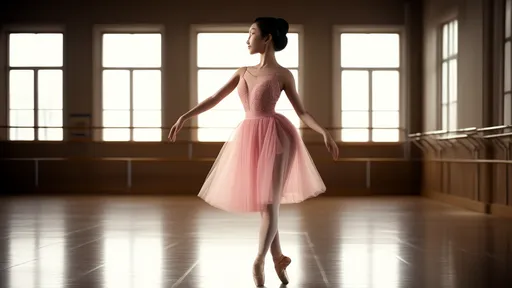
By /Aug 15, 2025

By /Aug 15, 2025
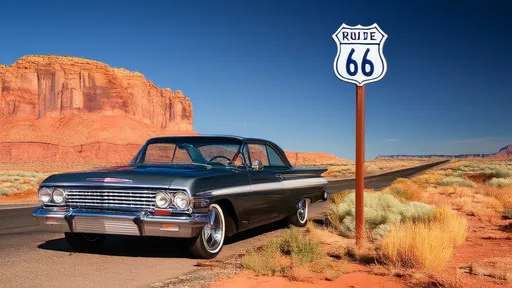
By /Aug 15, 2025

By /Aug 15, 2025

By /Aug 15, 2025

By /Aug 15, 2025

By /Aug 15, 2025

By /Aug 15, 2025

By /Aug 15, 2025

By /Aug 15, 2025
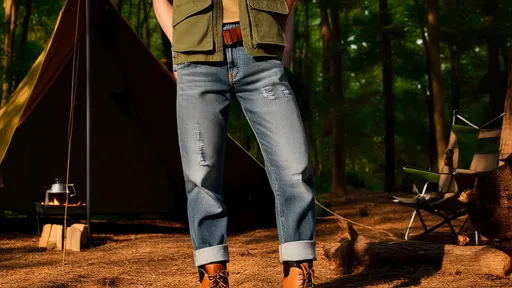
By /Aug 15, 2025

By /Aug 15, 2025

By /Aug 15, 2025
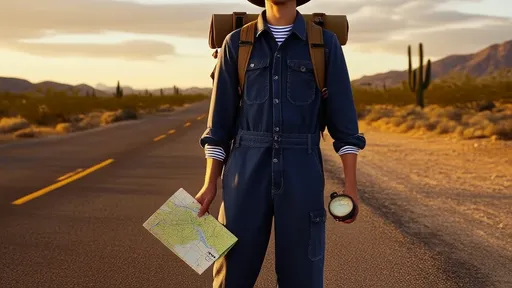
By /Aug 15, 2025

By /Aug 15, 2025

By /Aug 15, 2025
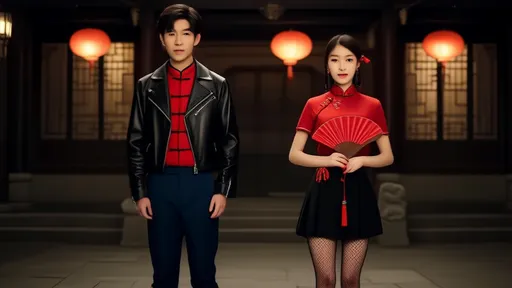
By /Aug 15, 2025

By /Aug 15, 2025